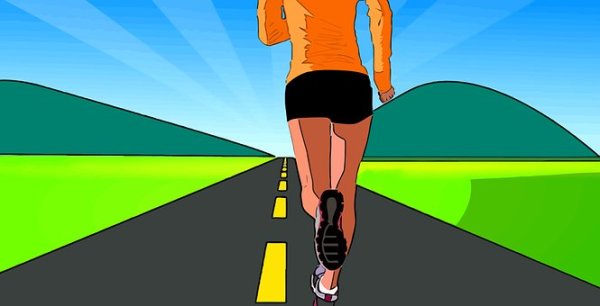February 20 was President’s Day. Before the end of the month, it is good to honor one of America’s most lauded presidents and brain injury survivor, Abraham Lincoln:
During his younger years, although he had little formal education, Lincoln was an avid reader. He would have rather spent a day reading a book than outside riding a horse. Perhaps because of his comparable inexperience with outdoor activities, Lincoln was thrown off a horse as a child. Though the specifics of this event are murky (some articles/posts claim he was 9-years-old during the incident, some say 10. Some say he was hurt by a horse, others say a mule), what is clear is that he remained unconscious for at least the rest of the day.
Later in his life, Lincoln had two bouts of malaria, in 1830 and 1835. When parasite-filled blood cells block blood vessels, malaria can cause brain damage. Also in 1835, some claim that Lincoln had the sexually transmitted disease syphilis. Syphilis can cause neurological problems.
While both contracting malaria and syphilis may have heightened the severity of Lincoln’s brain injury, the most severe occurrence to Lincoln’s brain was, most likely, the aforementioned fall off a horse at a young age. Given this historical information, it is clear the Lincoln had some sort of brain damage. His recorded behavior further exhibits this. Specifically, Lincoln is known to have had a prolonged struggle with severe depression. Depression is, unfortunately, a common side effect of brain injury.
Whether knowing that Lincoln had some sort of neurological problem affects people’s views of him positively, negatively or not at all, is irrelevant. People simply need to know that the president who brought our country back together had a brain injury. Knowing this, the public may question and change their underestimation of and negative behavior towards brain injured classmates, neighbors, fellow employees, etc.





